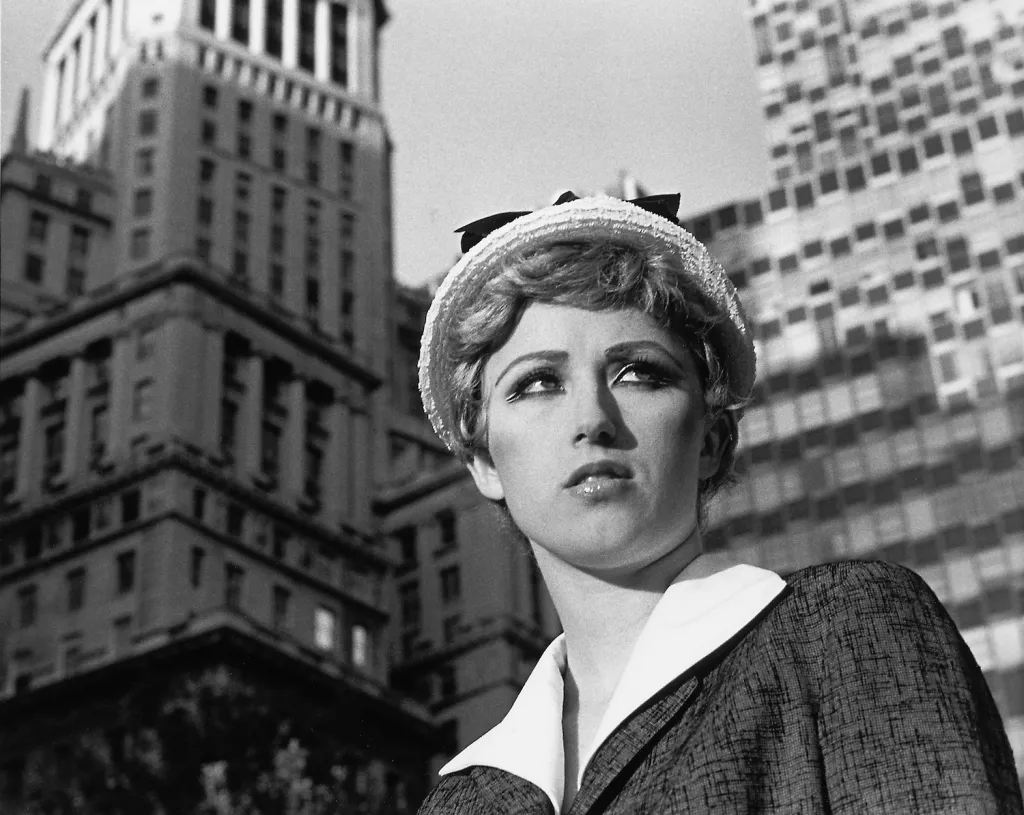In the United States, the 1970s were known as the malaise decade, nowhere more so than in New York City, where the white middle class had fled the Five Boroughs along with manufacturing and shipping, leaving a tax base that slipped into a death spiral even as the cost of services and social programs increased. But of all the years during that benighted era, 1977 marked a nadir in the city’s fortunes: On the night of July 13–14, a blackout plunged New York into darkness, precipitating a widespread outbreak of looting and vandalism; the following month, David Berkowitz, aka the Son of Sam, was arrested for a 12-month killing spree that left eight people dead; and during coverage of the World Series that October, a helicopter camera brought us the spectacle of a block being consumed by fire next to Yankee Stadium in the Bronx, where landlords had been burning down abandoned buildings to collect insurance money.
Unnoticed amidst this civic unraveling was a group exhibition titled “Pictures,” which opened in September of 1977 at Artists Space, one of several nonprofit galleries that had sprung up to cultivate emerging talent. Featuring just five artists (Troy Brauntuch, Jack Goldstein, Sherrie Levine, Robert Longo, and Philip Smith) working variously in painting, sculpture, drawing, photography, and film, the exhibit focused on how mass media and popular culture had transformed the general understanding of imagery through its transmission by photographs, movies, and television. While “Pictures” attracted the attention of only a slice of an art world that was small and localized compared with now, the show, and a generation of artists attached to its name, proved to be an inflection point for art through the rest of the century and into our own.
